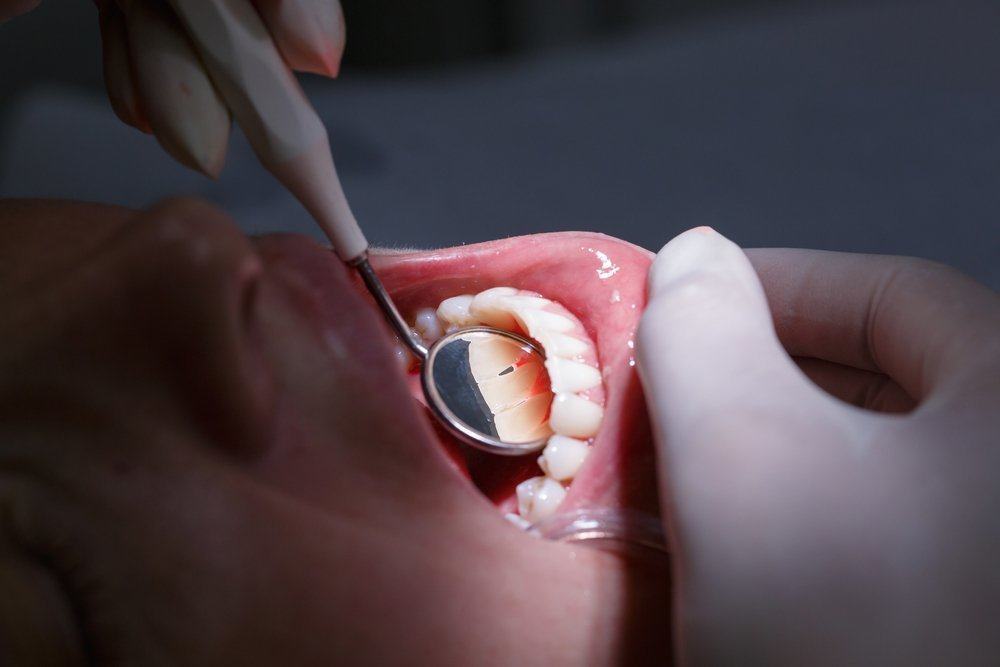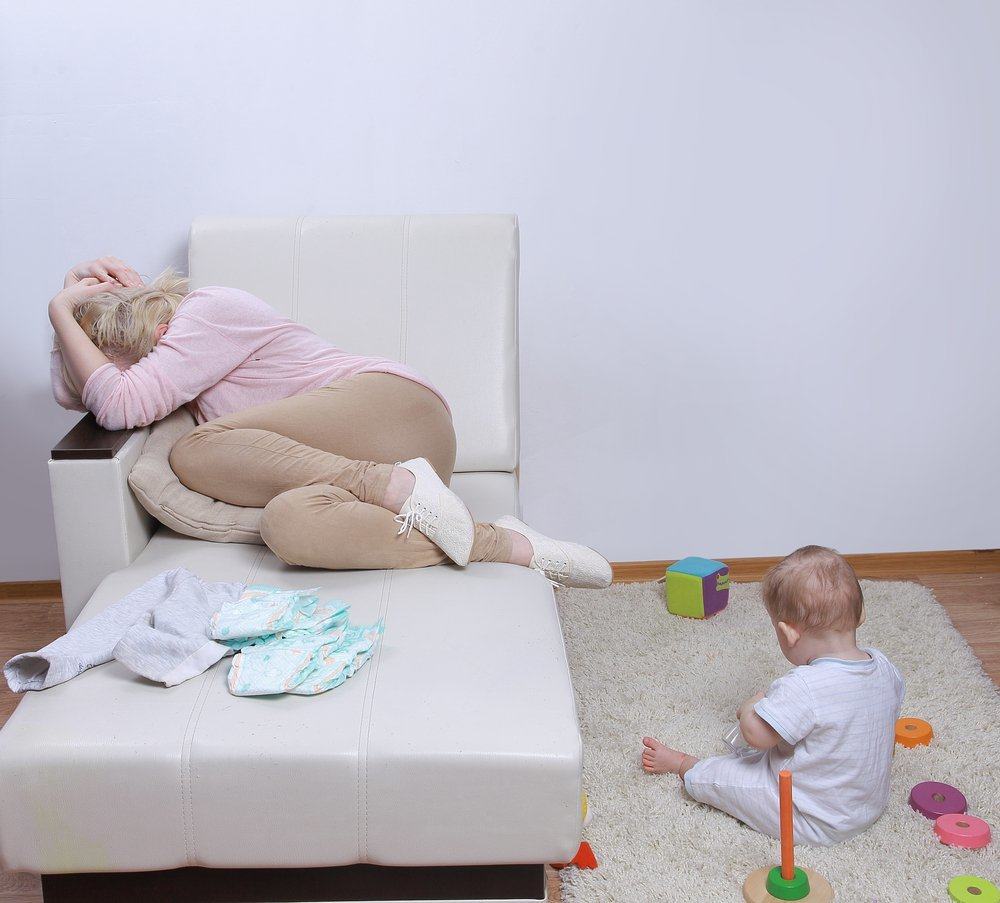Contents:
- Medical Video: Endometriosis
- What is endometriosis?
- Symptoms of endometriosis after caesarean section
- The symptoms are similar to other diseases
- Types of endometriosis
- How to diagnose it?
- How to treat endometriosis?
Medical Video: Endometriosis
Endometrium is a tissue that can be found in the uterus, one of its functions is to maintain pregnancy. This network will decay periodically, usually once a month, according to your menstrual cycle. This network is certainly very useful for those of you who want to conceive, but the growth of endometrial tissue elsewhere outside the uterus can be very painful.
What is endometriosis?
The growth of endometrial tissue outside the uterus is called the condition of endometriosis. This tissue can grow on body parts such as:
- vagina
- cervix
- intestine
- bladder
Although very rare, endometrial tissue can also grow on a Caesarean scar. Because this is rare, doctors may not be able to diagnose this disease.
Symptoms of endometriosis after caesarean section
The most common symptoms are usually the formation of a mass or a lump on the scar. The size of the lump can vary, and usually feels painful. This is because the area around the endometrial tissue can bleed. This bleeding then irritates the organs in the stomach, causing inflammation and irritation.
Some women may realize that the bump on their surgical scar is paler and can bleed. Bleeding usually occurs more when the woman is menstruating, even though not all women are aware of this. Some women may think that the lump is a former surgery that does not heal completely, or is more meat than a surgical scar.
Things that cause more confusion can occur if a mother exclusively breastfeeds her child. During this period, the woman will not experience menstruation, so the symptoms of endometriosis are not seen.
The symptoms are similar to other diseases
The above symptoms do not only occur if you suffer from endometriosis. If you check with the complaint, your doctor may expect you to have one of the following conditions:
- abscess
- hematoma
- incisional hernia
- soft tissue tumor
- granuloma
It is important for your doctor to be able to consider endometriosis as a cause of pain, bleeding, and lumps after a caesarean section.
Types of endometriosis
Endometriosis can be divided into two, namely primary endometriosis and secondary or iatrogenic endometriosis. Primary endometriosis has no known cause, while secondary endometriosis is clearly known. Therefore, endometriosis occurs after surgery Big can be classified as secondary endometriosis.
Sometimes, after surgery that manipulates the uterus, endometrial tissue can move from the uterus to the area of the incision. When these cells begin to grow and multiply, the symptoms of endometriosis arise.
How to diagnose it?
Usually the doctor will first get rid of various possibilities that can cause mass or lumps in your stomach through imaging tests such as CT-Scan, MRI, and USG. However, the most reliable way to diagnose this condition is to take a related tissue sample. This tissue will then be examined under a microscope to see if the characteristics of the cell are similar to endometrial tissue.
How to treat endometriosis?
Treatment is usually based on the symptoms you experience. If you only experience mild discomfort and your endometriosis area is small, your doctor may not advise you to take invasive treatment. You can take painkillers that can be purchased at pharmacies, such as ibuprofen, when you feel pain.
Doctors will usually give birth control drugs for patients with primary endometriosis, but this method will not be beneficial for patients with endometriosis due to surgery. Therefore, the doctor will recommend an operating method to deal with this condition. Excessive endometrial tissue and a little healthy tissue around it will be taken to ensure that the remaining cells are completely clean and don't recur again. Even though it's small, it's possible for someone to experience endometriosis again after surgery.
Discuss the treatment options that best suit your condition with your doctor. Don't hesitate to look for references and various opinions from other doctors. Although it may still be very long for you, but usually the pain that arises from endometriosis will disappear after you experience menopause.












